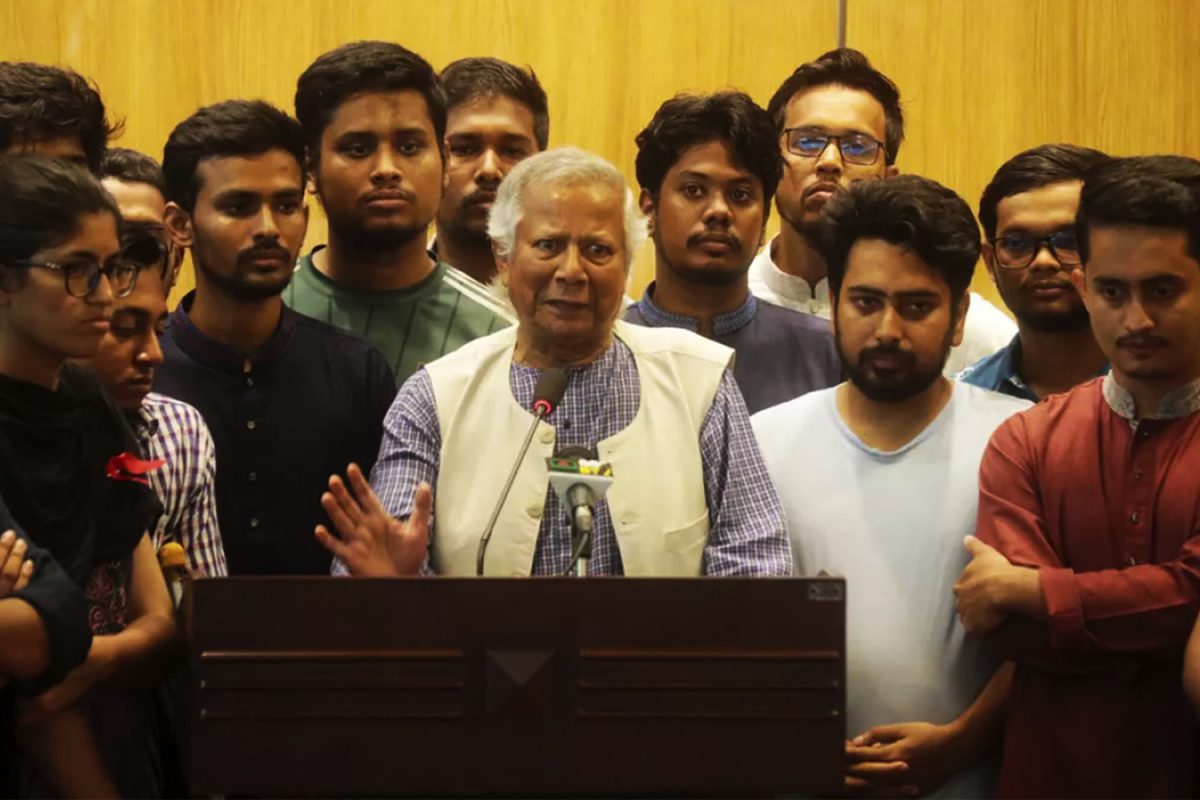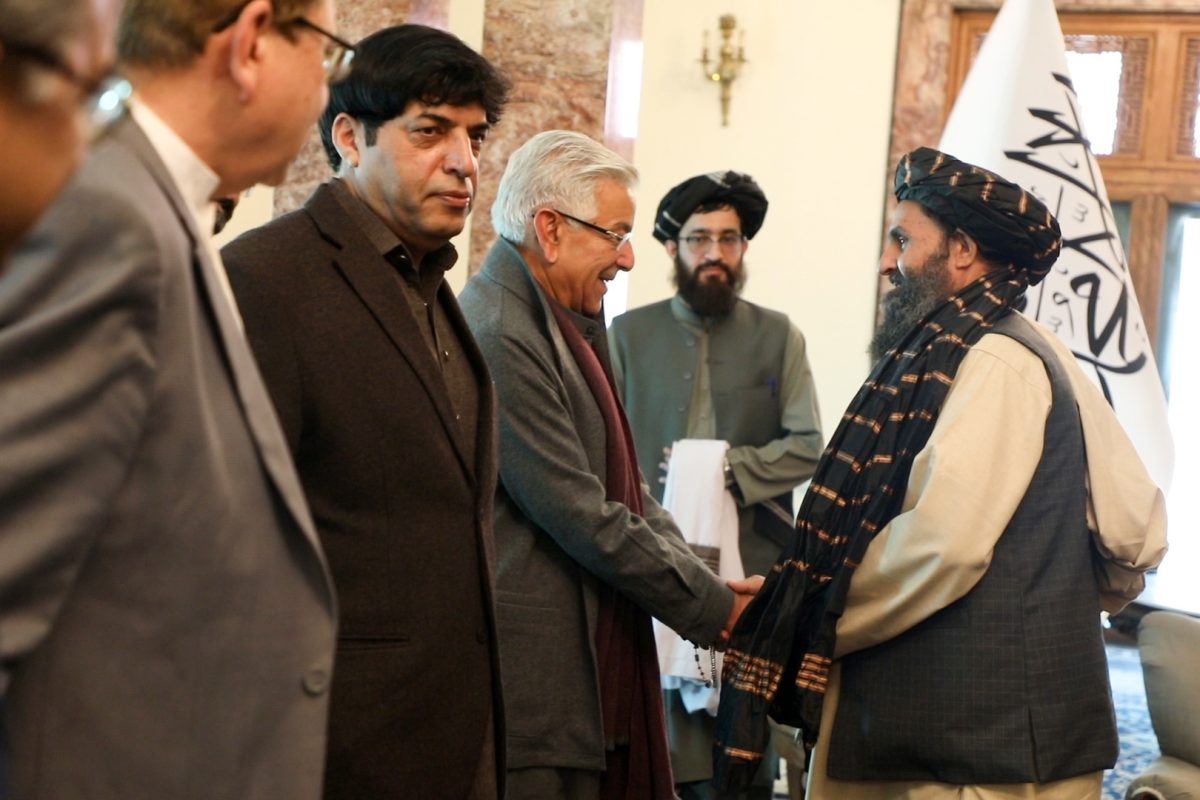Indian lunar lander Chandrayaan-3 successfully touched down on the lunar surface at the end of August, making India the fourth nation to successfully land on the Moon and the first to land on the south pole region. The Indian Space Research Organization (ISRO) is cementing India’s rise as a space power which is now attracting worldwide attention. For long, NASA, ROSCOSMOS, China’s CNSA, and the European Space Agency (ESA) dominated discourse on space, but now India has got a reputation as a cost-efficient and operationally successful space agency.
India’s space aspirations can be traced back to its founding fathers who envisioned a technologically advanced and self-reliant nation who strongly believed space technology was pivotal for the socio-economic development of the country. ISRO was created in 1969 from a spin-off from India’s atomic energy program. The launch of its first satellite, Rohini, in the 1980s marked a major achievement. In 1993 ISROs successful launch of the Polar Satellite Launch Vehicle (PSLV) was also a major milestone. In 2013, a Mars orbiter mission known as ‘Mangalyaan’ solidified India’s position globally, distinguishing it as the only country to succeed in its initial attempt to reach the orbit of Mars. With all this success India further aims to send Indian astronauts (Gagannauts) into space, further solidifying India’s position as a space-faring nation.
The recent successes of ISRO’s commercial arm, Antrix Corporation, in securing contracts for satellite launches from various international clients, highlights India’s increasing role in the global commercial space market. The country now has one of the world’s largest space programmes. It designs, builds, launches, operates and tracks the full spectrum of satellites, rockets and lunar and interplanetary probes.
Socio-Economic Development
The stated objective of India’s space program is to harness space technology for the socio-economic advancement of the nation, focussed on developing capabilities in satellite communication, earth observation, navigation, with space exploration being the latest frontier which includes Mars Orbiter Mission (Mangalyaan) and the Chandrayaan missions.
India’s space program is also seen as a pathway for attracting young Indians into high-technology fields and for ushering in a more technically advanced society. The Modi government has sought to grow an indigenous commercial space ecosystem and attract private investment into Indian space startups, enabled by policy reforms in 2020 that allowed privatization in the space sector.
India’s rapid strides in space technology have not only earned it a coveted position in the global space community but have also significantly bolstered its geopolitical standing which now actively collaborates with other space agencies and contributes to international efforts in areas like disaster management, climate change monitoring, and space exploration.
Furthermore, India’s cost-effective approach to space missions has garnered attention and admiration worldwide. Its ability to provide affordable and reliable launch services has made it an attractive partner for developing nations seeking to launch their satellites into space at a comparably lower cost to Western options.
India’s cost-effective approach to space missions has garnered attention and admiration worldwide
Geopolitical implications
Achieving a moon landing is a testament to India’s technological capabilities. This boosts India’s global image as a technologically advanced nation, enhancing its strategic autonomy and reduces its dependence on other nations for advanced space technology. This opens up economic opportunities, particularly in the commercial space sector – launch services, satellite technology, and space-related applications offer avenues for economic growth and foreign investment.
It also positions India as a regional leader in space exploration and technology, potentially influencing neighbouring countries to collaborate or seek assistance in their own space endeavors. It paves the way for joint missions, knowledge sharing, and diplomatic ties with other space-faring nations, especially US and Europe. This can foster scientific cooperation and strengthen India’s diplomatic standing and its strategic leverage.
India’s lunar success can be used diplomatically to assert its influence and negotiate from a position of strength, providing India with an additional tool in diplomatic negotiations with Pakistan or other neighbouring countries, potentially influencing their stance on various geopolitical issues.
The successful moon landing boosts national pride and prestige. It showcases India’s ability to achieve feats previously accomplished by only a select few nation’s, further solidifying its status as a rising global power.
The successful moon landing boosts national pride and prestige. It showcases India’s ability to achieve feats previously accomplished by only a select few nations, further solidifying its status as a rising global power
India’s space capabilities, exemplified by the Chandrayaan-3 mission, can serve as a form of strategic signalling. It sends a message to neighbouring countries, including Pakistan, about India’s capacity to undertake advanced technological endeavors, which could indirectly influence regional dynamics.
India’s moon landing through the Chandrayaan-3 mission holds substantial geopolitical significance. It amplifies India’s influence in the global space community, and reinforces its technological prowess which Prime Minister Modi remarked, “…are the foundation of a bright future for our nation.”
Priorities
While India’s space program certainly has the potential to positively impact its vast population and contribute to overall economic success, the benefits may not be immediate or uniform across all segments of society. Critics of India’s space projects often raise several points, highlighting the allocation of resources towards space exploration in a country with significant socio-economic challenges.
Resource Allocation: India faces critical challenges like widespread poverty, malnutrition, lack of access to clean water, and inadequate healthcare. Critics contend that these issues should take precedence over ambitious space exploration projects.
Income Inequality: India has a stark wealth gap, with a small affluent population coexisting with a vast number of poor citizens. Critics suggest that redirecting resources towards poverty reduction efforts could contribute to a more equitable society.
Social Cohesion and Communal Harmony: India has a diverse population with various ethnic, religious, and linguistic groups with numerous ongoing and unsolved conflicts threatening social cohesion. Space projects may divert attention from addressing the rise of right-wing extremism and other social issues that threaten the country’s stability and social fabric.
Long-term Benefits vs. Short-term Needs: Critics often question the long-term benefits of space exploration in comparison to the immediate needs of the population. They argue that investments should be directed towards programs that yield more immediate positive impacts.
It’s important to note that the debate surrounding India’s space projects is multifaceted. While some argue for a reallocation of resources, proponents of the space program contend that technological advancement and scientific research can eventually lead to innovations that address some of the country’s most pressing challenges. Striking a balance between space exploration and addressing domestic priorities remains a complex issue for policymakers. India is also unique in that it maintains collaboration with both the US and Russia. With space emerging as the next frontier of great power competition India has shown how a developing nation can utilize its indigenous capabilities in an arena dominated by other major powers.




